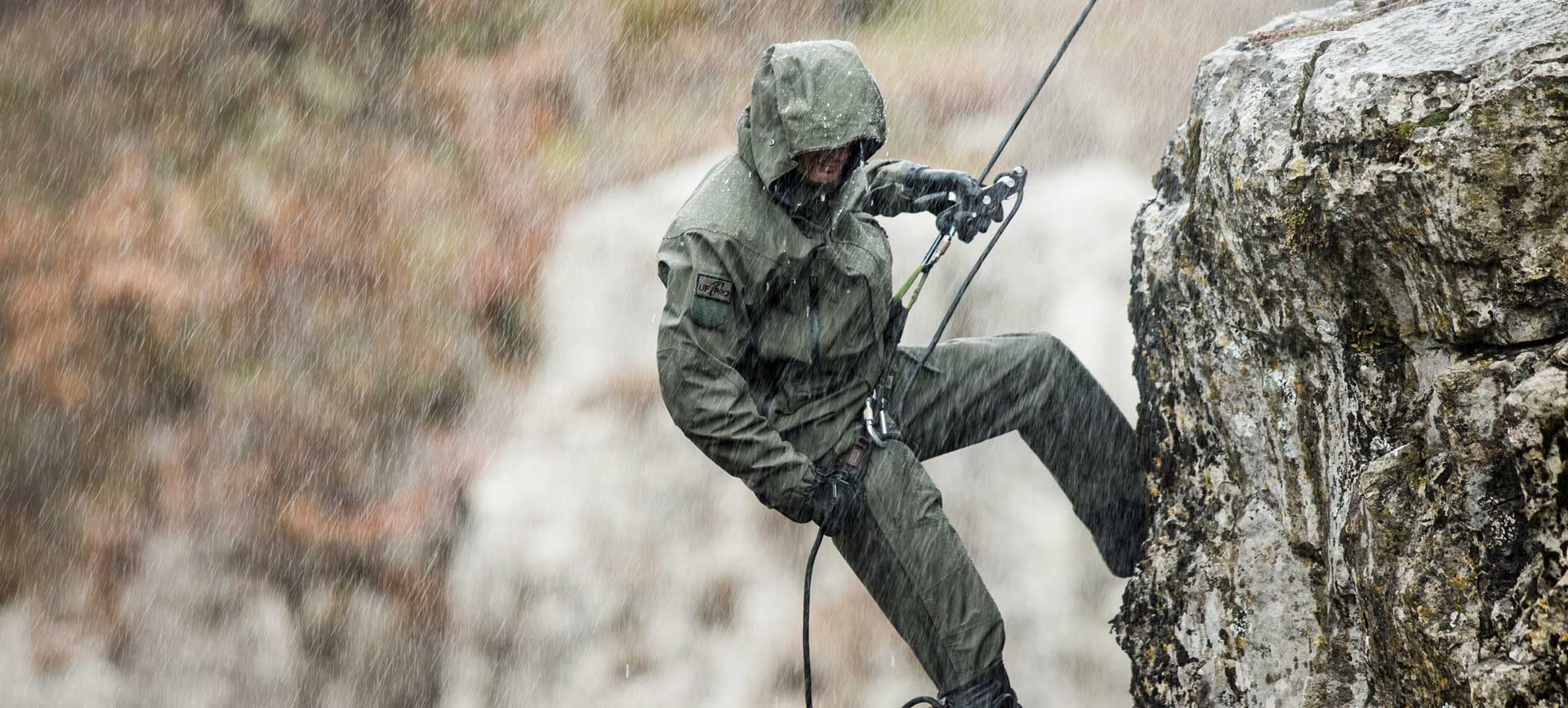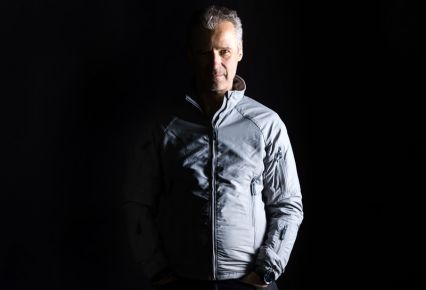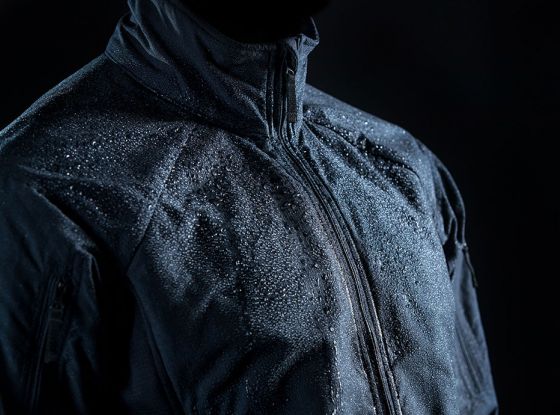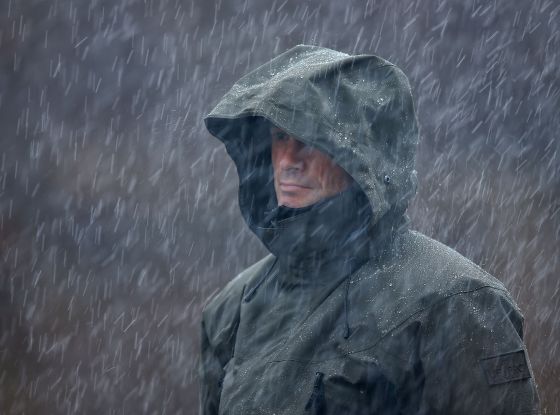There is quite a mix up regarding waterproof and water-repellent textiles. Most of the times, these terms are used synonymously. But there is a big technical difference between them, especially when the expectation is to stay dry in adverse weather conditions. We’ll explain in depth the difference between waterproof and water-repellent.
What's in this blog post:
The significant difference between a waterproof and a water repellent garment is that you’ll probably get wet in a water-repellent garment, especially when exposed to rain for a longer period or under certain wear conditions.
Whereas in a garment made of waterproof textiles one should stay dry, however long and in whatsoever conditions.
Continue reading to find out more about the pros and cons of waterproof and water-repellent clothing. We’ll also explain what DWR means and how you can retain it even after multiple washes.
HOW IS THE DIFFERENCE DEFINED?
The difference between water-repellent and waterproof garments is based on the definition which is applied by the textile industry for waterproofness.
International standards define a water entry pressure of 8.000 mm (hydrostatic water column) above which a textile material (not the finished garment) can be called waterproof.
Everything below that can be called only water-repellent.
WHAT IS A HYDROSTATIC WATER COLUMN?
A hydrostatic water column describes the amount of height of a theoretical column of water, which is pressing on the surface of the fabric. So the water column always corresponds to a certain pressure.
A water column of 10 meter (= 1.000 cm, = 10.000mm) equals a pressure of 1 bar, or 100kpa.
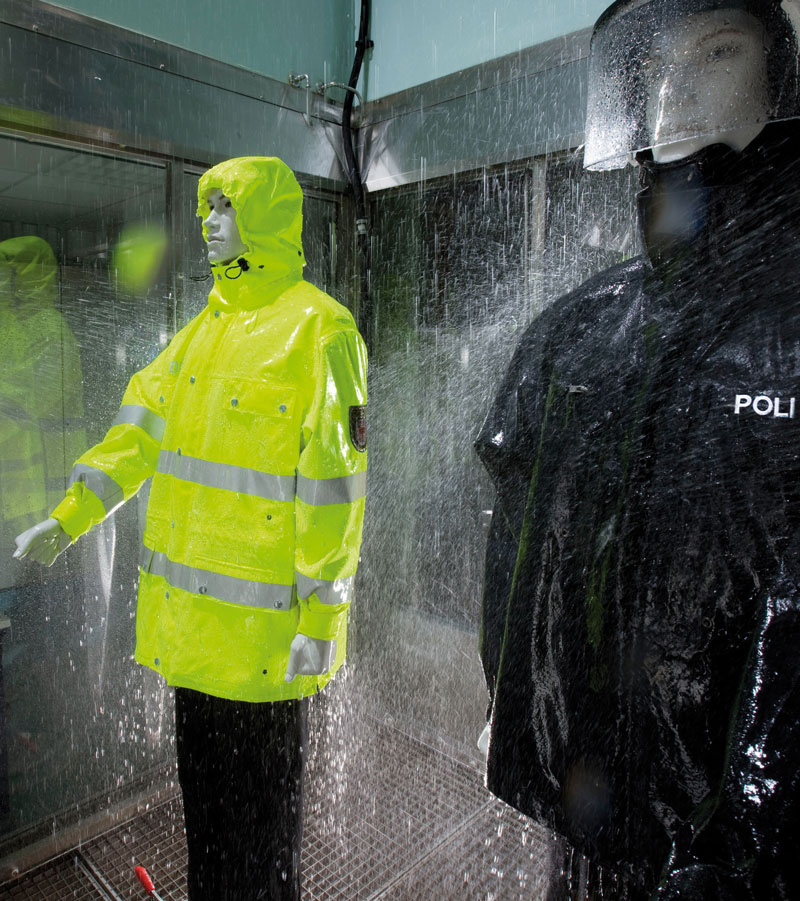
WATER-REPELLENT CLOTHING.
As per definition, textiles with a water entry pressure below 8.000 mm water column or 0,8 bar, can be called water repellent.
This might be enough to stay dry if one is only for a short time exposed to rain or any moisture, which is not pressed onto the textile.
As water-repellent materials usually do not contain any kind of membrane of compact coating, the so called breathability of these materials is in most cases better than the one in waterproof materials.
This is quite logic, as they have a higher air permeability and also sweat, or better moisture vapour can permeate much easier.
WATERPROOF CLOTHING.
A waterproof material, as per definition above is not the guarantee for a waterproof garment.
Also, the overall design of a garment has to prevent rain to enter into the inner layers of the clothing system. That means that all closures, all seams, all edges must block any potential water entry attempts.
To prevent moisture to penetrate the seams, all seams which connect the outside of a garment with the inside of it have to be sealed with a seam sealing tape.
These seals have to be durable to washing, drying and any kind of wear and tear.
They have to be durably waterproof.
As water usually finds a way to enter, wherever there is the slightest possibility to enter, this is quite a challenge.
Especially around edges one might experience that without proper barriers, moisture can be seen wicking around them and all the way up into the inside of a garment.
Critical are the lower hems of the torso and the sleeves, but also the edges of the hood are neuralgic areas for wicking effects.
To avoid this, wicking barriers have to be applied in these areas.
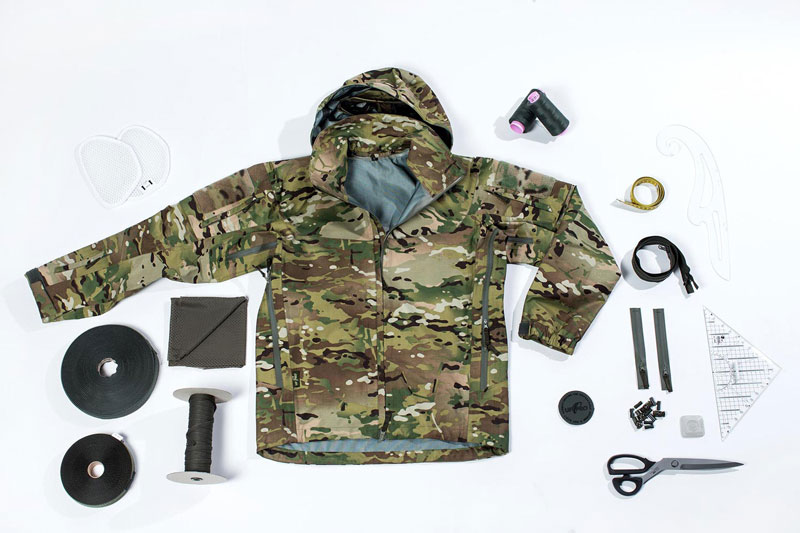
SIGN UP FOR MORE INTEL LIKE THIS.
Enter your email and stay in the know with updates about tactical clothing and other relevant topics.
Prijavljaš se na naše e-novice, od katerih se lahko kadarkoli odjaviš. Preberi več o tem v sekciji “zasebnost“.
DOES THAT DEFINITION ASSURE THE WEARER TO STAY ALWAYS DRY?
Especially while sitting or kneeling there might occur water entry pressures, which are much higher than 8.000mm. That means that depending on how the garment is used the wearer still might get wet, even though the textile is classified by the above definition as waterproof.
Therefore, most of the high-performance waterproof garments are made of textiles, which block the water entry at much higher pressures.
GORE-TEX laminates, for example, have been tested with a very sophisticated test instrument, which applied a water entry pressure of more than 100 meters.
And still, there was no water penetration through the laminate.
Read more about the performances of GORE-TEX fabrics.
Today a truly reliable and durable waterproof performance can only be achieved with membrane-based products. In these products, the membrane is the primary barrier to any water entry.
The chemical and physical characteristics of these membranes define not only the limits of the water entry pressure but also their durability.
Especially polyester and polyurethane based membranes seem to have a tendency to get weaker over time and sooner or later their performance drops below the critical thresholds.
This might be the result of UV radiation, ageing, flexing, high or low temperatures and of course also of numerous washing cycles.
Still, the bi-component ePTFE membranes, which are used by GORE-TEX, Event and some other brand membrane manufacturers show the best results regarding the durability of its waterproof characteristics.
But what all the membrane systems have in common is that if they are punctured, they will leak.
In fact this is the most common reason for all failures, which we experienced over the last 20 years. Punctures can be caused by any kind of pointed, edged objects.
Very popular are for example pine needles which cover the ground in forests, thorns of bushes, but also dirt, which accumulates over time within the fabric structure.
ARE GARMENTS MADE OF WATERPROOF LAMINATES ALWAYS WATERPROOF?
Not all clothes made out of a waterproof material are 100% waterproof. Its construction significantly defines the level of waterproofness.
As a matter of fact, also a lot of soft-shell garments are based on membranes with a water column of way over 8.000mm.
But due to its structure, the seam of soft-shell garments are impossible to be reliably sealed.
Therefore, water will after a longer time of rain exposure enter into the clothing.
Also, mechanical damages of the membrane, which might be the result of edged objects like dirt or pine needles can perforate the membrane. These damages have to be professionally repaired.
If you encounter a potential leakage in your Monsoon waterproof garment, then please send them back to us with a precise description where you think the leakage occurred. We will try to locate the damage and repair it for you.

